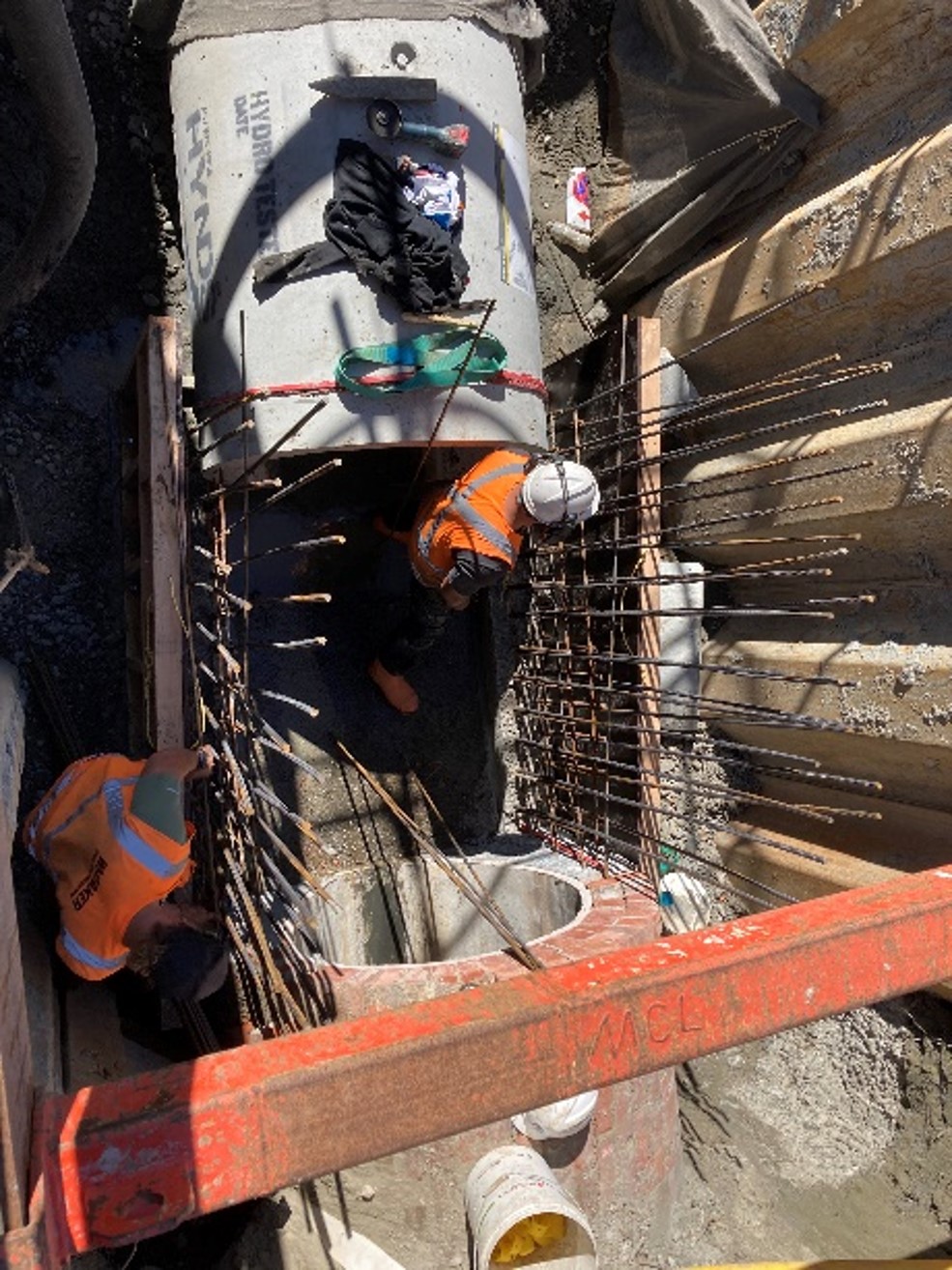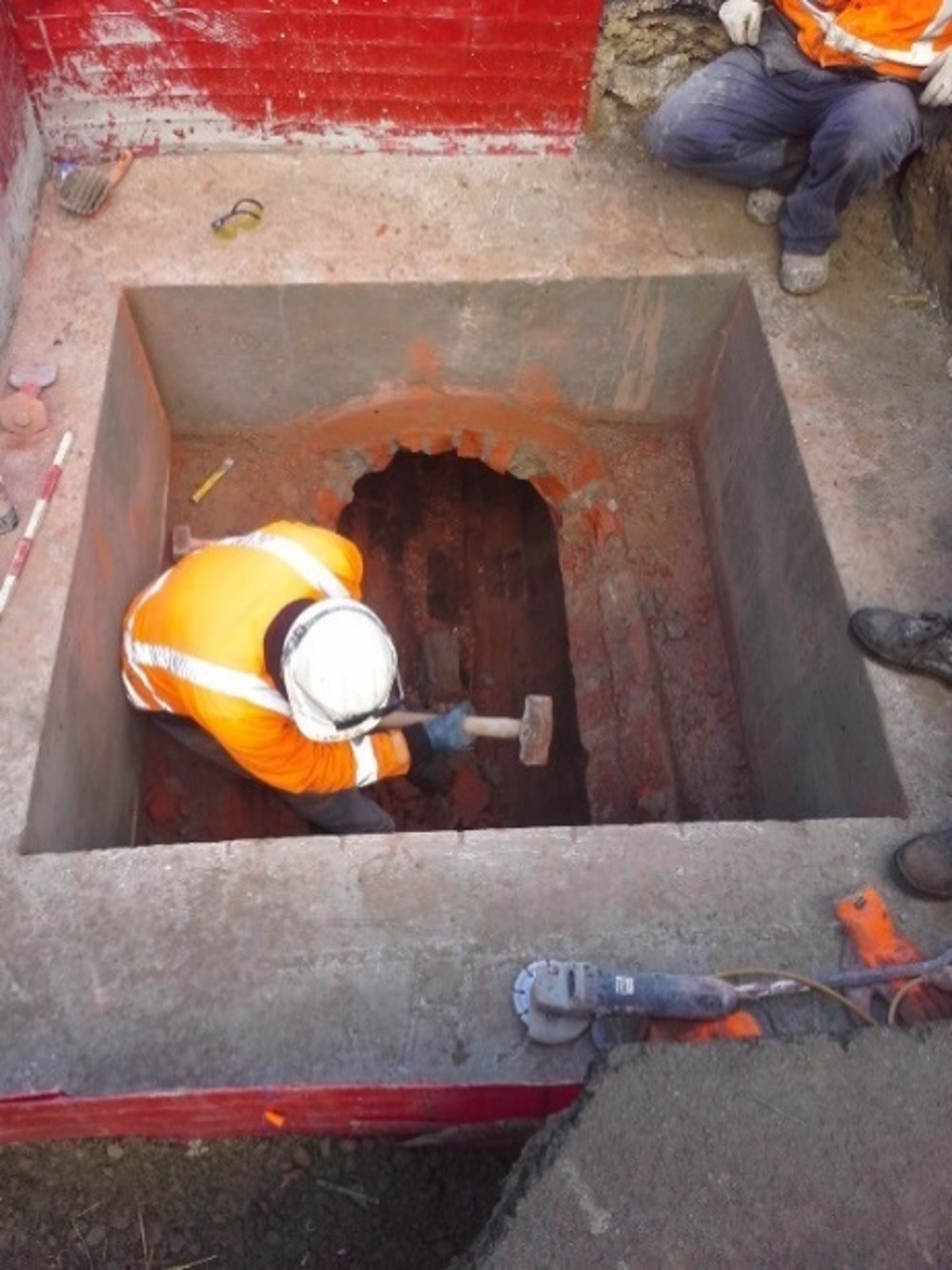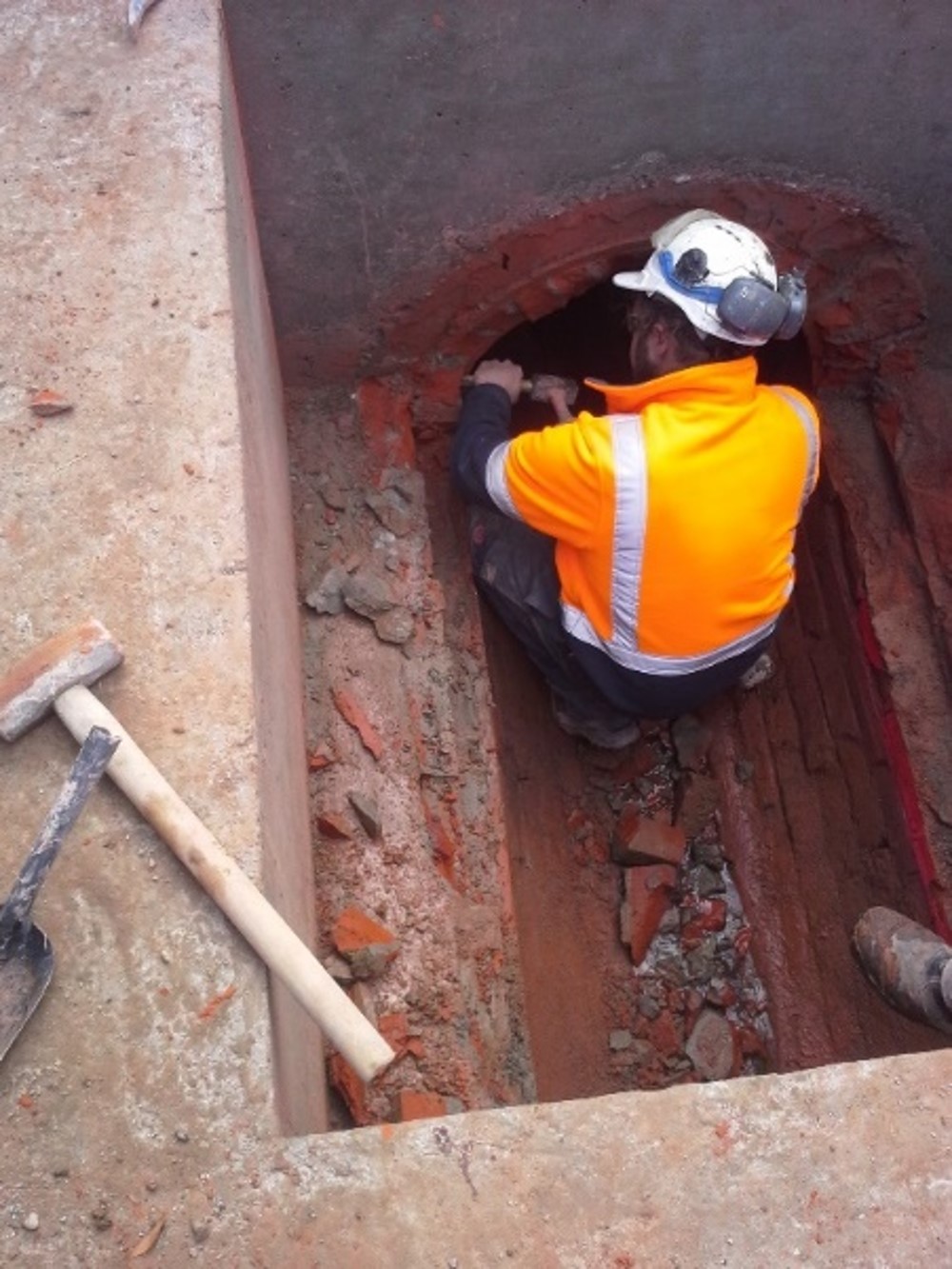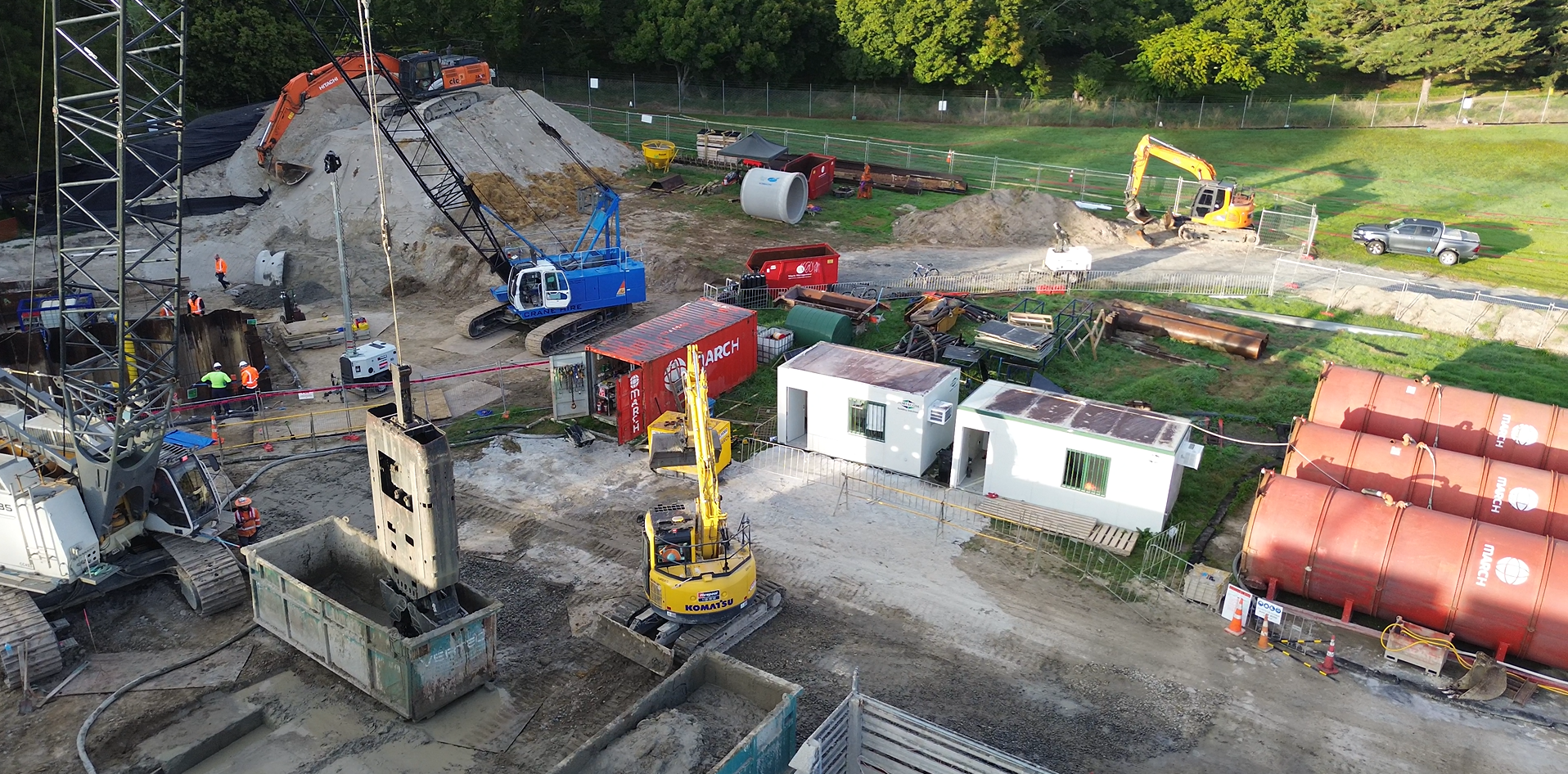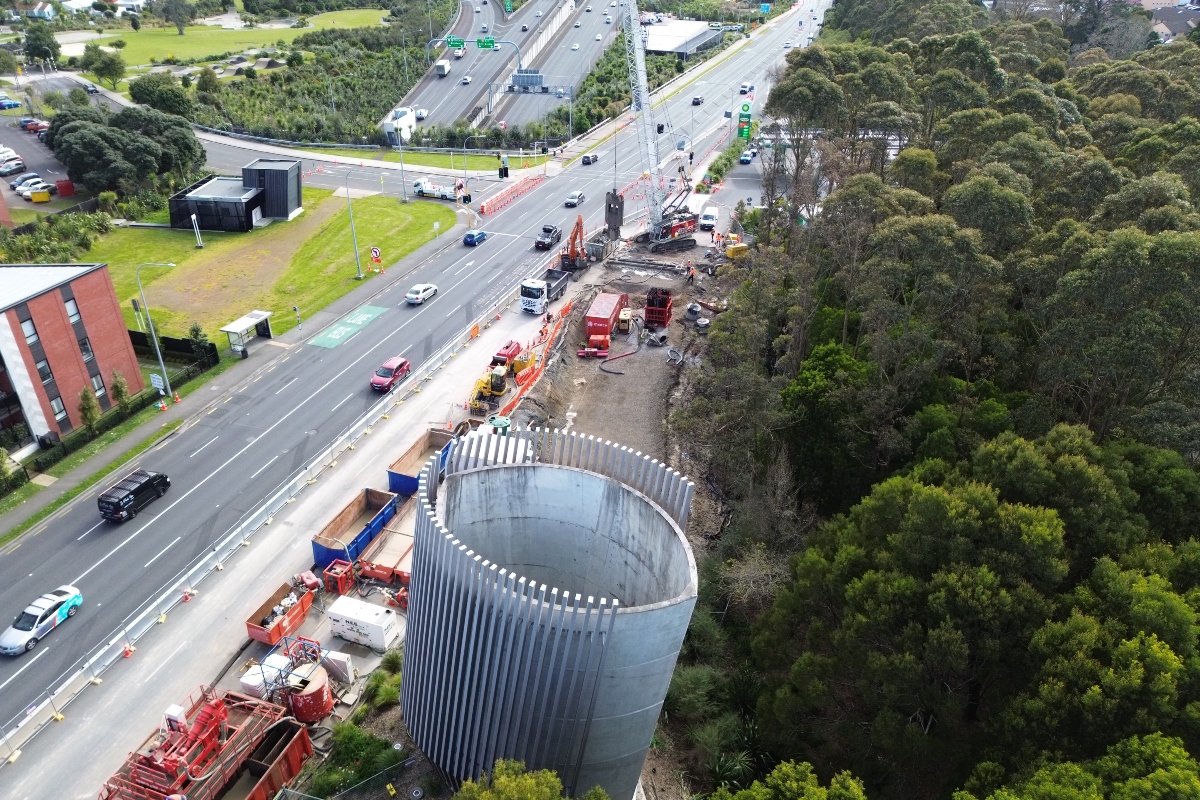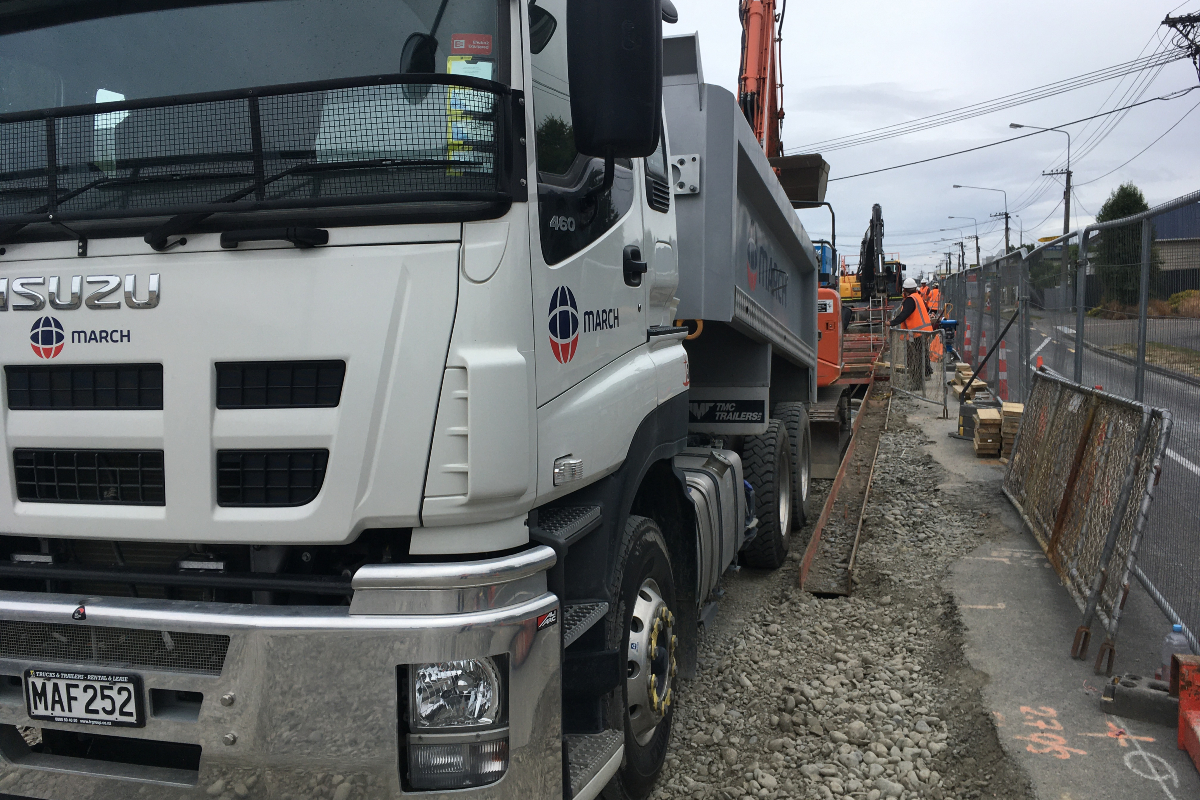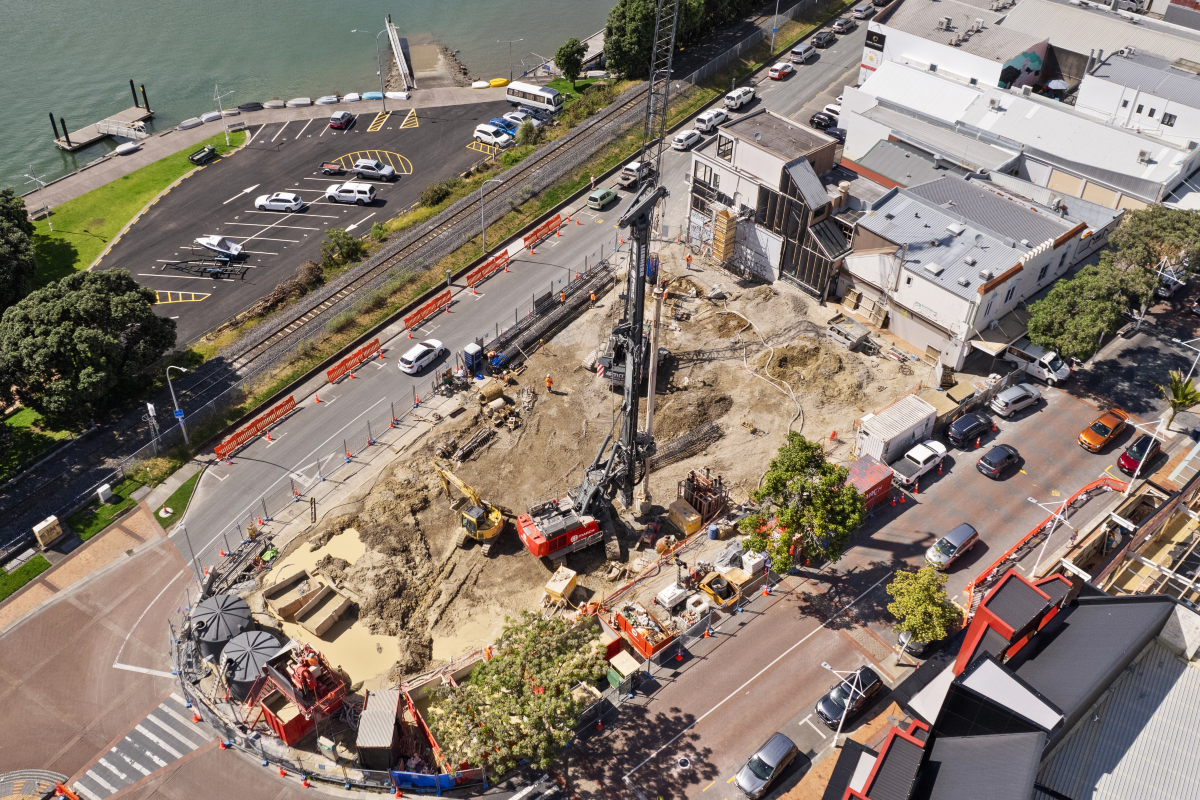In-situ Rehabilitation
Complex Rehabilitations and Retrofits
In-situ rehabilitation and retrofit of existing infrastructure involves working on Heritage Fabrics and presents unique risks and challenges. March is experienced with various pipeline rehabilitation technologies including CIPP lining, epoxy coatings and specialized structural lining techniques. As In-situ Rehabilitation generally requires working on live assets, careful planning is required to manage live flows, including flow bypass arrangements using pumps or fluming whilst protecting and preserving the heritage value of existing assets.
Our processes
CIPP lining
CIPP lining works requires a significant amount of space for set-up of the plant for an efficient operation – this is generally an area approximately 30m x 5m at the upstream/entry point and 18m x 5m at the downstream/exit point. Once the equipment is established, the pipeline is CCTV’d and lightly cleaned, logging of lateral locations to allow connections of laterals to be made once liner is installed.
Using a roller and pulley system, the liner is positioned in the pipeline, the endcaps and connections for the UV light source made and liner is pressurized to 200-250 millibars. The UV light source is placed in the liner, illuminated, and pulled through the liner to cure it. After the liner has cooled (approximately 15min), the light source is removed, ends of the liner trimmed to the face of the manhole, and cut ends are epoxied to the manhole structure. The laterals are reconnected by installing a resin impregnated liner into the lateral and sealing it to the main pipe liner with epoxy mortar. At completion of the lateral connections, the pipeline is CCTV’d to check for any defects, and the site is disestablished
Brick Barrell Patch Repairs
The process for brick barrel repair works involves saw-cutting the existing seal and use a 30t excavator to drive sheet piles followed by excavation and breaking into the top of the brick barrel for installation of the bypass pumping set up. The break-in is completed by core-cutting a circular hole into the top of the brick barrel with the excavation walls supported by an aluminium shield. Using saw-cutting equipment, the top of the brick barrel is cut and section is lifted out of the excavation for disposal. The exposed section of the brick barrel is covered with plywood sheeting to prevent spillage that may occur from entering the flow. The flow in the brick barrel will be stopped on the upstream side by of an inflatable pipe bung.
***** Once brick barrel is exposed and dry, describe detail how replacement of the brick barrel soffit is undertaken. ie: formwork, rebar and concrete placement.
Related projects


